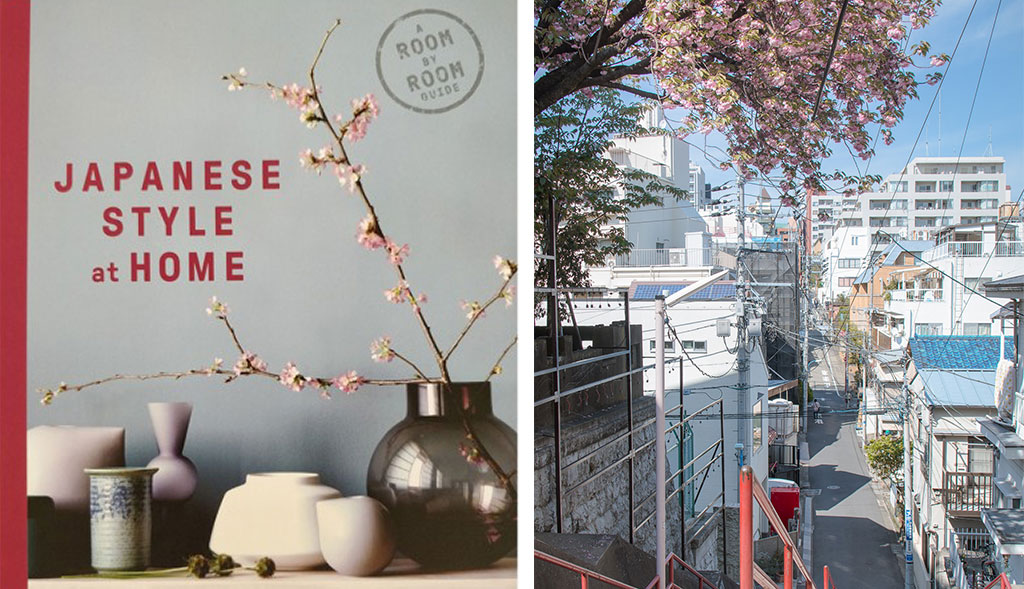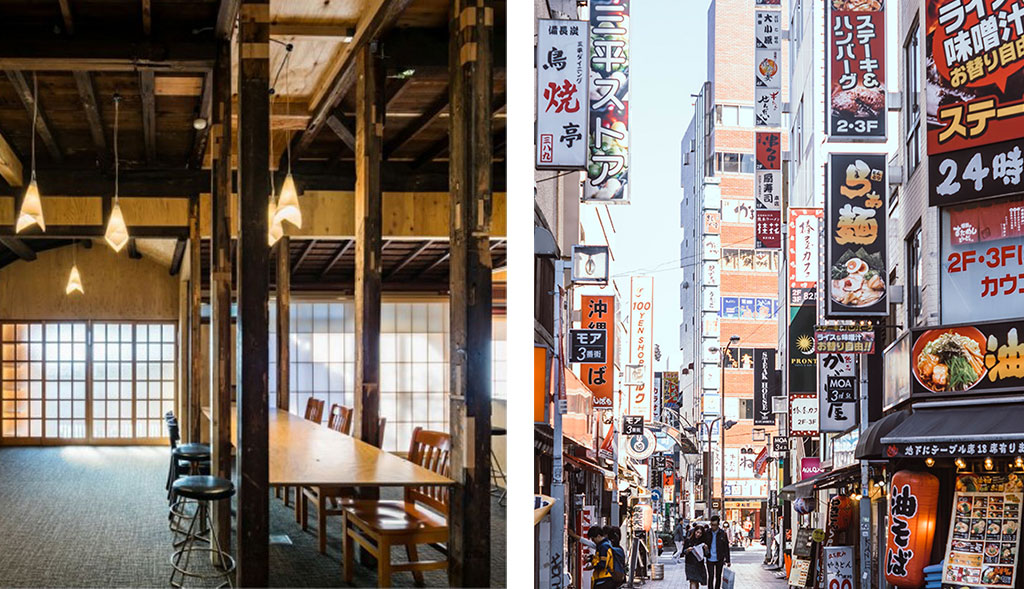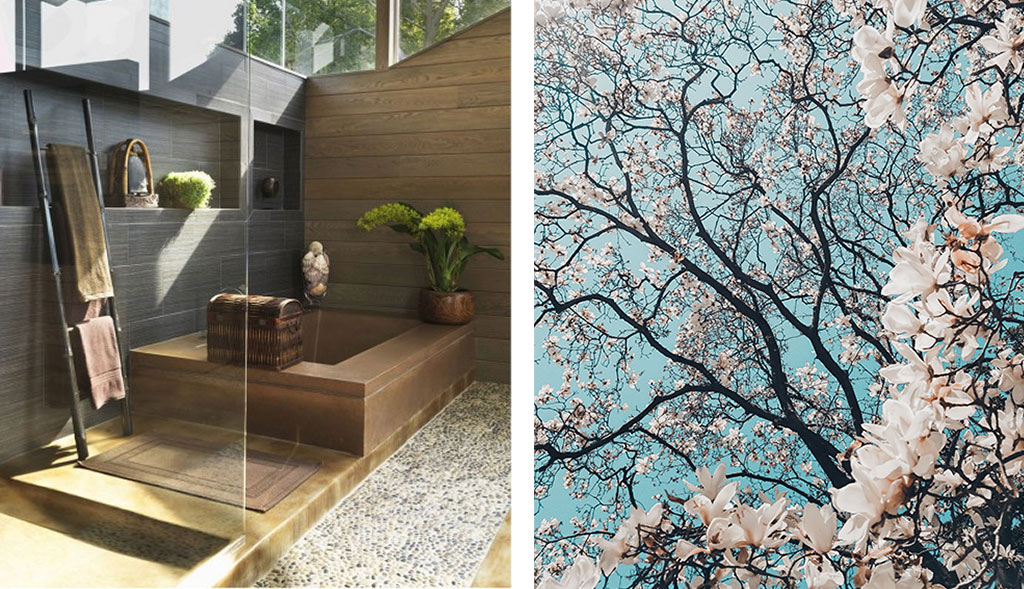Japanese Style at Home
There is something irresistible about Japanese-style interiors. It's not always easy to define exactly what constitutes Japanese design, but the emotions inspired by the japanese homes are consistent. They are calming, tranquil spaces; homes where much thought and consideration has gone into every element.
Japanese style is grounded in simple principles. Harmony with nature is incredibly important, buildings are designed in ways that coexist with the nature around them. Nothing shouts for your attention but if you look closely you will be richly rewarded.
4 Ways to bring Japan to your Living Room

The roots of japanese minimalism can be traced back to the mantra of Zen. 'Vast emptiness, nothing holy' The result is a mindful approach to design, involving disciplined editing and an awareness of the importance of space. Interiors are deliberately simple yet enriched by detail.
Japanese Style at home takes you on a journey, room by room enlightening you on the Japanese way of life from the bedroom to the bathroom discover the affluent style and culture you can bring to your home
The Living room is generally the most convivial part of the home, where family and guests gather to unwind. During much of the 20th century , the traditional Japanese living room or ima was based around the chabudai, a small, low table around which people sit with their legs tucked underneath them. These days, sofas and armchairs are much more common but generally furniture in Japan still tends to be lower to the ground.
The katsoa is still commonly used in Japan as a way of staying warm in winter months. It is a short-legged table covered with a thick blanket and is equipped with a heater. families sit together around the table underneath a blanket to symbolize togetherness. However as western homes are mostly central heated, it's less of an essential. A coffee table is more useful and it encompasses a sleek storage system.
Lighting

Ideally your living room should have plenty of natural daylight flowing through it and a pleasant view to the outside world. If this view isn't up to much you could use translucent glass or paper screens to obscure it while still allowing daylight in. Curtains aren't typically seen much in Japanese homes, but if you want to use them go for sheer, gauzy fabrics that won't shut out all the light. Lamps with bright light diffused by paper shades will work better than overhead lighting, and will enable you to provide suitable illumination for different tasks.
Storage

Built in storage is very common in a Japanese home, where rooms are seen as flexible and multi functional and furniture is designed to be portable and brought out as needed. If your room doesn't have built in cupboards, bookcases, cabinets and sideboards can help your living room feelc clear of clutter while also being attractive pieces of furniture in their own right.
Seating

Japan is noted for its contemporary furniture design. Initially influenced by scandinavian style and European modernism, designers such as Riki Watanabe, Shigeru Uchida and Shiro Kuramata pioneered an approach that combined western influences with traditional japanese values to create a distinctly Japanese Approach to seating in particular. Matomi Kawakami's sestina sofa is rooted in japanese traditional culture yet feels timeless and modern
Screens

If your living room also serves as your dining room, folding screens or sliding doors will create a sense of of partition between spaces amd give you flexibility as to how your room is used at different times. Fitting opaque Shōjoi panels over cupboard doors or frames is an easy way to incorporate Japanese Style and can be used to conceal anything you don't want on permanent display
Time for more? Embrace Your Outdoor Space | All You Need To Know About String Shelving In 2019 | Muuto Restore Basket - A More Sustainable Storage Solution
-
All StoriesHumanrace x USM at Milan Design Week 2025Read More
Pharell's Humanrace teams up with USM Modular Furniture for Salone del Mobile Milano 2025. An immersive installation that reimagined the bathroom as a holistic dimension for well-being, where the day’s routines become rituals. Swiss design icon, the USM Haller modular...

